After Melbourne on Tuesday lost its bogus title of “most liveable city”, Lord Mayor Sally Capp offered a rare dose of honesty on the primary reason why:
Calling Melbourne a “victim of its own success,” Mayor Capp said the city’s growth had made it harder to meet the liveability criteria.
“You have to remember Vienna has a population of about 1.8 million and our population is now 4.6 million,” she said.
“And when you start to compare with other major cities, London for example rates at 48 in this liveability index, so there are definitely challenges recognised within the index that makes it very hard for cities as they become bigger to be competitive in this particular criteria.”
Mayor Capp said there were a number of areas the city could improve including congestion and homelessness…
This honesty was short-lived, however, with Capp reverting to her Property Council roots, spruiking growth and how Melbourne will remain liveable as its population doubles by 2050:
Yes, Vienna slipped ahead in the Economist Intelligence Unit’s liveability rankings with a wafer-thin 0.7 point advantage over Melbourne.
Hats off to them. But it’s important to remember that the figures show Melbourne is still more liveable than ever. Our score of 98.4 is the highest since our record-breaking run started…
The phenomenal growth of our city in recent years is testament to our liveability. It tells a powerful story of our success…
Rapid population growth has increased congestion and put pressure on services and the public amenities residents and workers expect. By 2050 our city will double in size, so it’s important to maximise the benefits of good growth while minimising the pressure points…
A quick look in any direction in the CBD will show you that intelligent urban planning and infrastructure projects are well underway in our city…
Large and sprawling cities do not always serve their communities well. Traffic congestion and social isolation can result. The City of Melbourne recognised those risks in a study titled Transforming Australian Cities.
This study showed that a doubling population could still be accommodated around Melbourne’s existing infrastructure such as railway stations and tram corridors…
We have the smarts and the experience to do just that — make difficult things happen. We’ve got a record run as the world’s most liveable city to prove it.
First, The Economist’s ‘Most Livable City’ rankings are not worth the paper they are written on and should be ignored in their entirety.
These rankings are designed to help companies decide how much “hardship” allowance they need to pay employees who relocate, not as a broad gauge of liveability for ordinary residents. Crucially, they ignore vitally important issues like housing affordability, or the quality and availability of public transport in the suburbs.
26 of the 30 indicators assessed are based on the “judgement of in-house expert country analysts and a field correspondent based in each city”. However, no information is given as to who these judges are, how they were selected, how their decisions are arrived at, nor how these indicators relate to quality of life.
For example, the Index ranks the quality and availability of private education, but completely ignores public education, despite most Australians using the public system.
In short, the The Economist’s ‘Most Livable City’ rankings are bogus. How else would they continually rank Melbourne at or near the top of liveability despite significantly worsening traffic congestion:
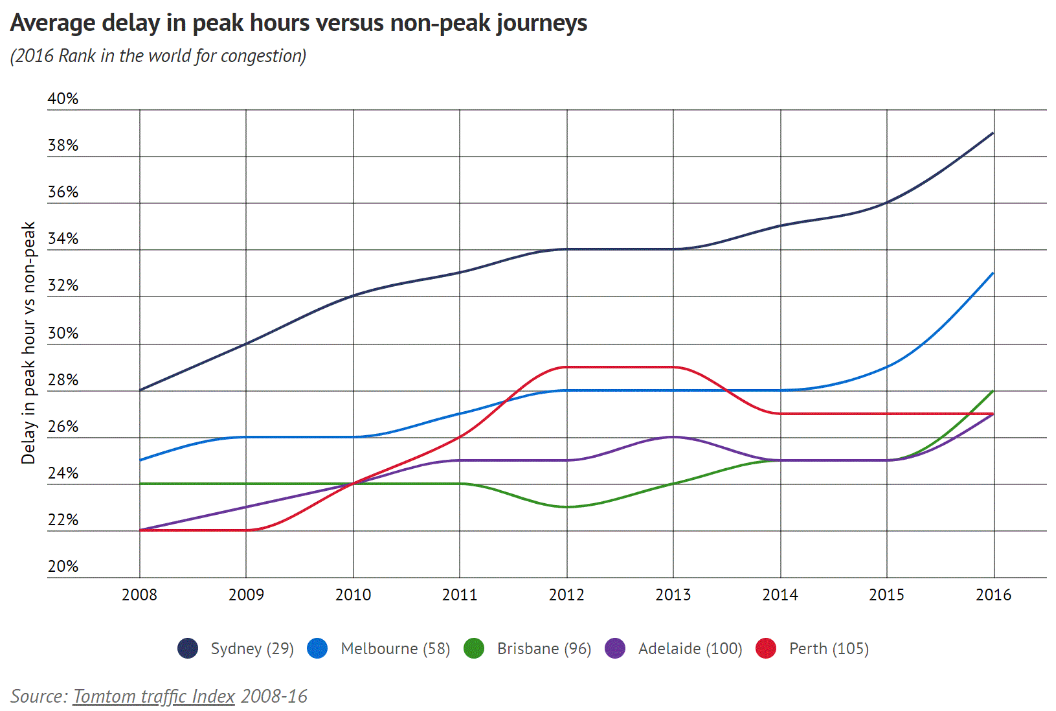
Declining housing affordability:
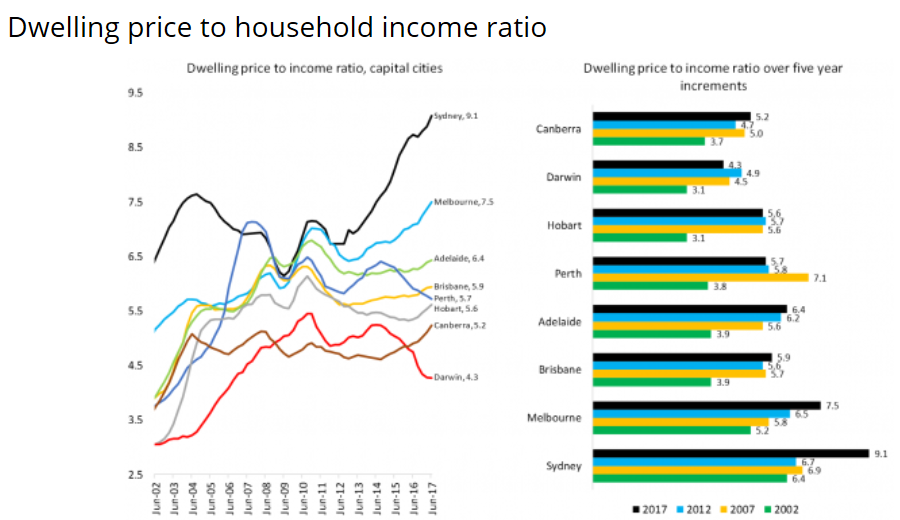
As well as chronic overcrowding in schools and hospitals.
Moreover, how does Capp seriously believe that Melbourne’s liveability can be maintained when Infrastructure Australia’s own projections show worsening traffic congestion and reduced access to jobs, schools, hospitals and green space under all build-out scenarios as Melbourne’s population balloons to 7.3 million people by 2046:
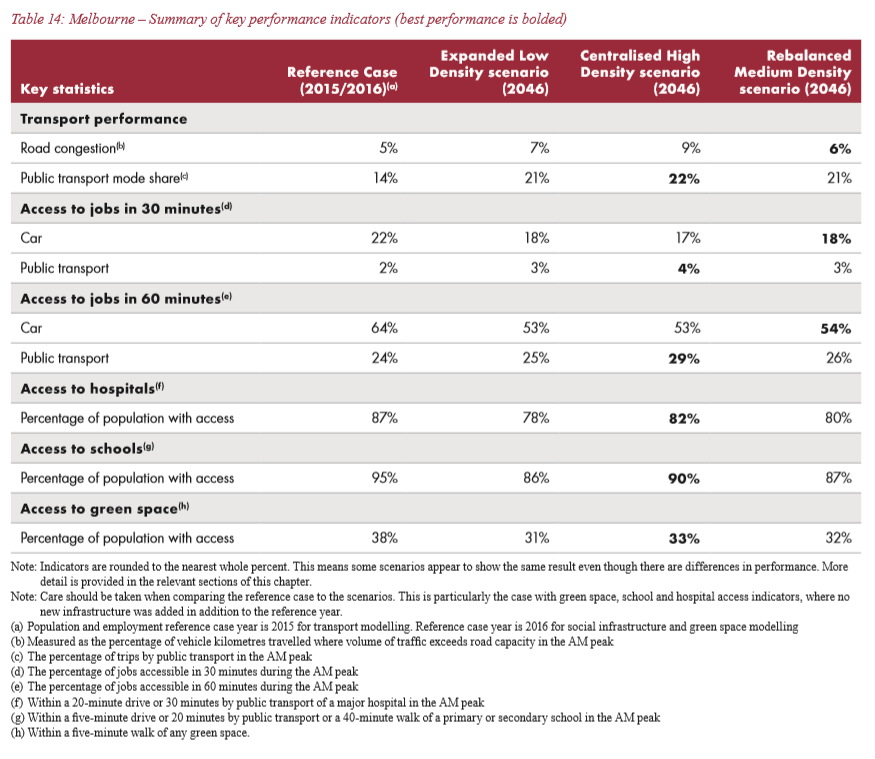
Clearly, a much bigger population necessarily means reduced liveability.
As I noted last time, there’s another index called the Mercer Quality of Living Index, which looks at which cities provide the best quality of life. This index ranked no Australian city in the top 10 of most liveable:
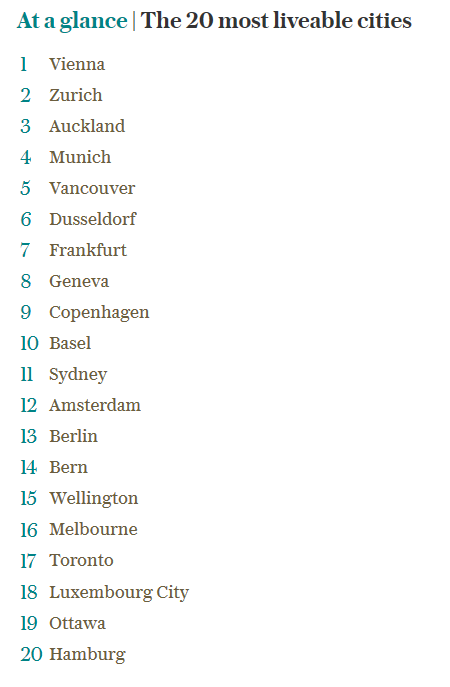
It’s worth noting the urban/metropolitan populations of these top 10 cities:
- Vienna: 2.6 million
- Zurich: 1.8 million
- Auckland: 1.7 million
- Munich: 6 million
- Vancouver: 2.5 million
- Dusseldorf: 1.2 million
- Frankfurt: 2.3 million
- Geneva: 1 million
- Copenhagen: 2 million
- Basel: 550,000
As you can see, only one of these cities (Munich) has a bigger population than Sydney (5.1 million) and Melbourne (4.9 million).
Heck, even pro-immigration booster, Professor Peter McDonald, admits that liveability and size are inversely correlated once a city grows beyond 5 million people:
“When a city reaches five million people it only performs efficiently with the best public transport systems and infrastructure,” he told news.com.au.
“Melbourne’s public transport system is good but not as good as some other truly global cities like Paris and Tokyo. It’s not as efficient.”
He said Melbourne is already “under pressure with schools and hospitals” because population projections around 2003 forecast much slower growth than what’s happened.
“We went in the wrong direction,” Prof McDonald said.
How will Melbourne possibly remain liveable when its population breaches 8 million people mid-century?
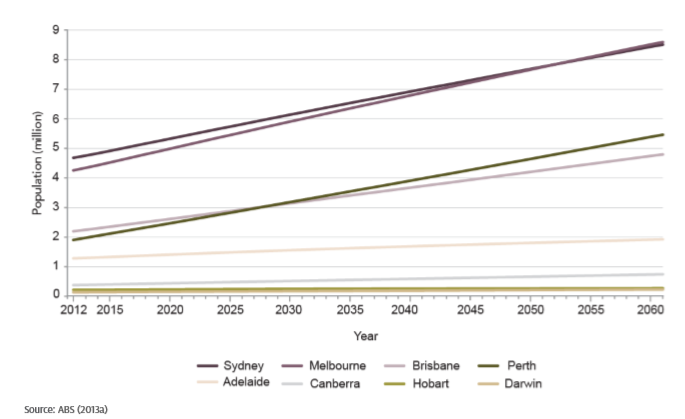
It won’t. So cut immigration now and stem the bleeding.

